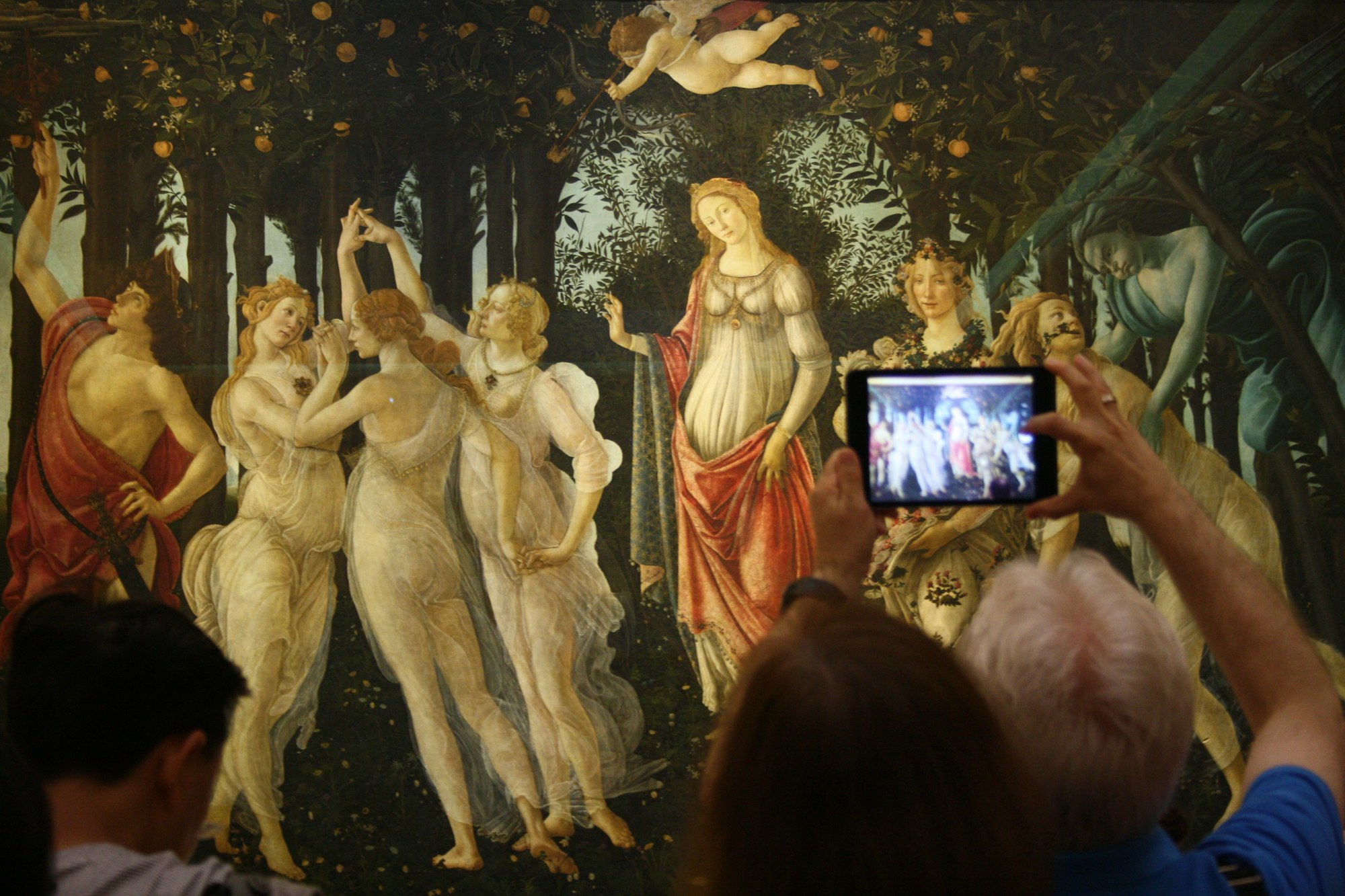When it comes to authenticating paintings, sometimes the devil really is in the details. Just ask Bernard Berenson, the famous connoisseur of Italian Renaissance art.
In the late 19th and early 20th centuries, it wasn't always easy to tell which paintings were actually created by masters like Michelangelo, Raphael, and Leonardo da Vinci. That's where Berenson's clever approach came in.
He borrowed a technique from a Swiss anatomy teacher, which involved focusing on seemingly insignificant details that other people might overlook.
By doing this, Berenson was able to authenticate paintings with a high degree of accuracy, simply by examining the things that a forger probably didn't think anyone would notice.
Say you came across a beautiful painting in a friend’s home. He tells you it’s the ‘Madonna of the Book’ by Sandro Botticelli. This was painted in 1480. So how could you tell if it was fake?
You might be tempted to gaze into Mary’s eyes or study the paint strokes in the folds of cloth. But Berenson would tell you instead to scrutinise the toenails of baby Jesus.
This idea of zigging where others zag can be applied to any field.
Entrepreneur Gary Vaynerchuk emphasises the need to look for underpriced attention when you need to get a message out, rather than focusing on the social platforms everyone is already using.
It's easy to get the broad strokes right, but true mastery comes from obsessing over the details that others overlook.
If you want to get dangerous fast, practice drawing good faces.
If you want to become a master, practice drawing good feet.

